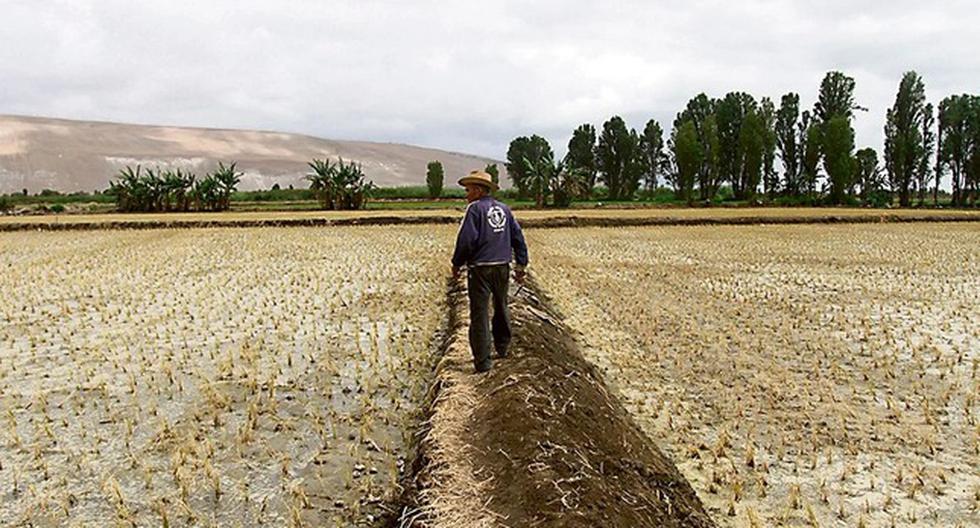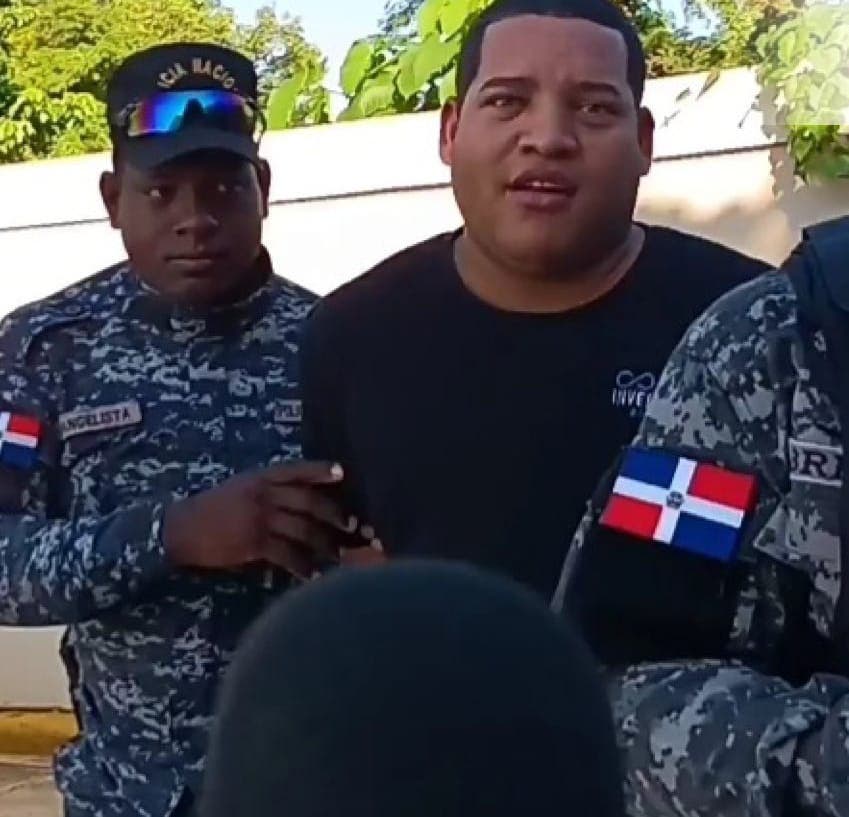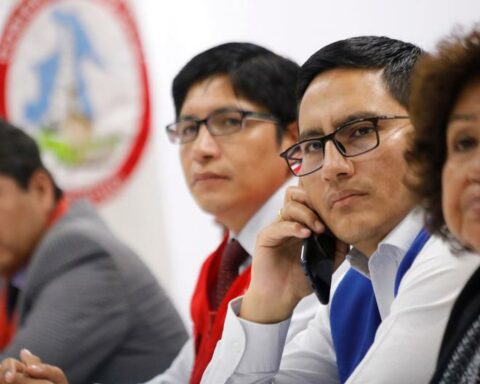Farmers and ranchers in the mountains of our country are affected by the absence of rain. In this regard, the National Meteorology and Hydrology Service of Peru (Senamhi) gave a not very encouraging forecast for this month of December. While the Government of President Pedro Castillo chose to declare an emergency in two regions due to the water deficit.
In addition, another region urgently requests that a state of emergency be declared, as well as the intervention of the State. While Sedapal warns of a water shortage that could affect Metropolitan Lima and Callao.
Arequipa and Puno declared in emergency due to water deficit
The Government declared a state of emergency for 60 calendar days in 111 districts of 14 provinces in the Arequipa and Puno regions due to imminent danger due to the water deficit caused by the lack of rain that affects the southern highlands of the country.
according to Supreme Decree No. 137-2022-PCMthe measure will allow the execution of exceptional, immediate and necessary measures and actions to reduce the existing Very High Risk, as well as the corresponding response and rehabilitation.
They ask to declare a Cajamarca emergency
The director of INIA Cajamarca, Héctor Cabrera Hoyos, asked that the region be declared an emergency due to the prolonged drought that has affected the planting of potatoes and corn.
“We are going to suggest that the region enter a state of emergency due to the absence of rain. Between October and November we barely reached no more than 40 mm of precipitation, insufficient from the point of view if we compare with previous years, when it was 200 to 400 mm”indicated to the Republic.
He added that this problem would not only be affecting crops, but also households, and stated that it could cause food shortages and price increases.
What is the reason for the absence of rain in the mountains?
According to Senamhi, the persistence of rainfall deficits in our country has been conditioned by the current La Niña event in the Central Pacific. The month of November 2022 was one of the driest in the last 58 years in various weather stations in the Andean region.
Will rains normalize in the mountains?
In dialogue with Andina, Kelita Quispe, Senamhi’s deputy director of Meteorological Prediction, indicated that rain is expected in the mountains, but not every day.
“Now the periods are variable: dry and with some rainfall. For example, in the north it was raining, but then again the absence; there are well isolated rains and they are not very significant. I hope they register from this weekend“, he pointed.
He added that we should already be in the rainy season, so It is expected that at the end of December or the beginning of January there will be a greater frequency of rainfall.
Food shortage
According to the Peruvian Center for Social Studies (Cepes), farmers face difficulties planting food due to the lack of rain and the wave of frost. Currently, the products most affected by the drought are rice, potatoes, corn and quinoa.
Faced with this situation, Laureano del Castillo, researcher and executive director of Cepes, points out that a rainy season in the mountains results in a lower supply of products due to the impact on crops.
Decreases water storage
Sedapal warned that the lack of rain in the central highlands of Peru has led to failure to meet the average water storage target for this time of year and this could affect the service provided in Lima and Callao.
According to Sedapal at the end of November, it was planned to store 130 million cubic meters (MMC). However, it was only possible to store 102.5 MMC, 21.5% less than usual.
He specified that storage has had an average monthly decline rate of 30 MMC, being the lowest recorded figure in the last six years.
Likewise, the forecasts estimate that, for the season of lowest flow; that is, between May and November 2023, storage levels would be less than 282 MMC (total capacity), so preventive measures must be taken to care for the water resource.








